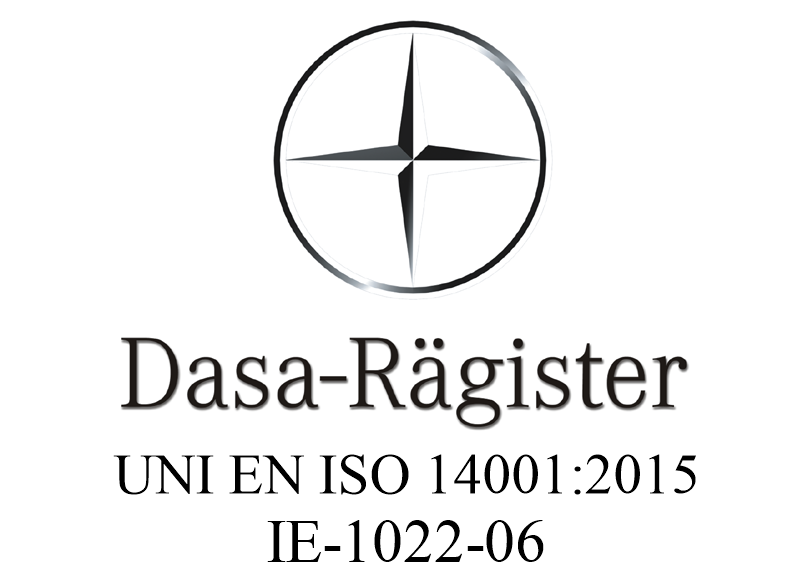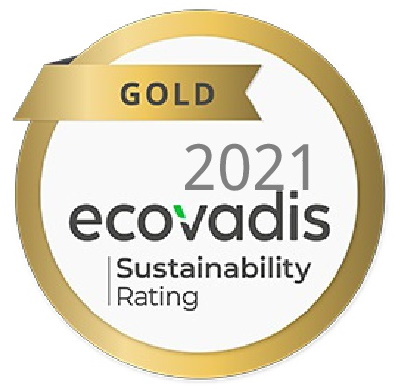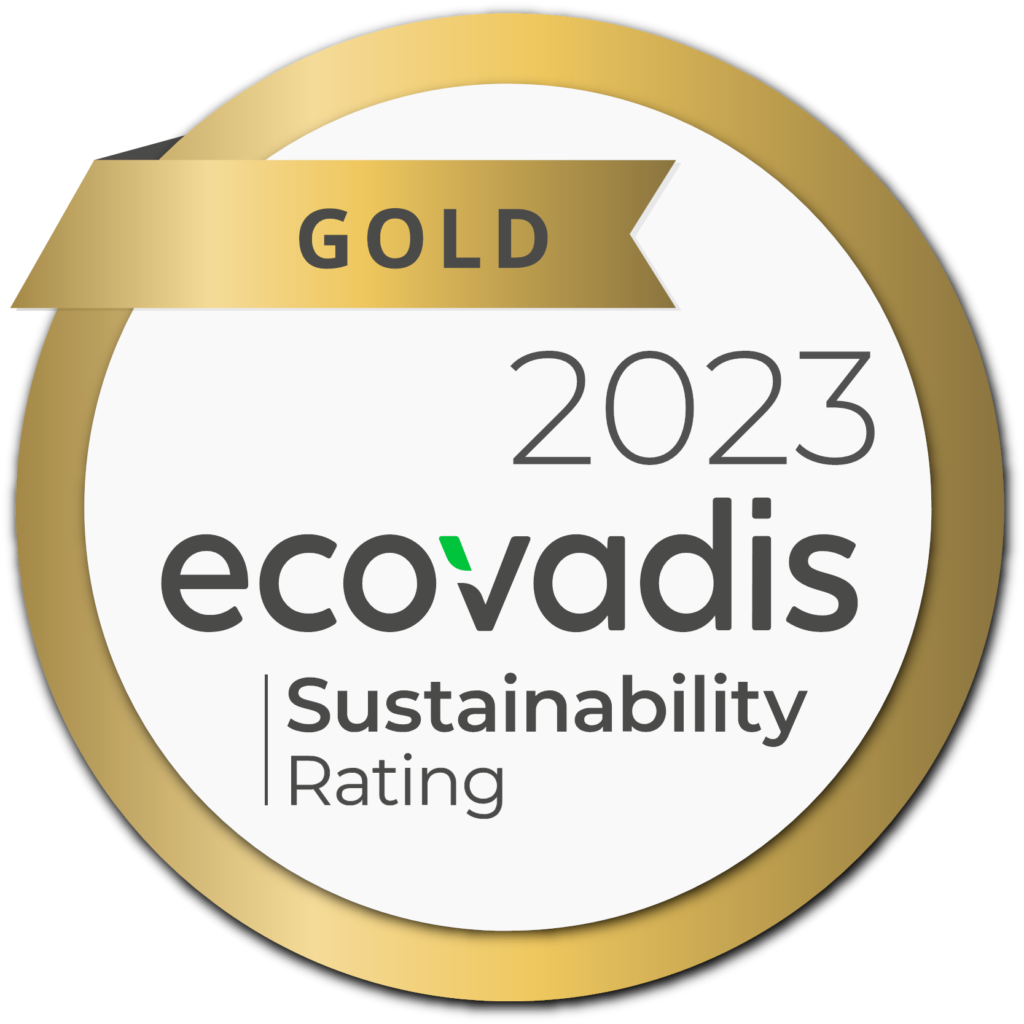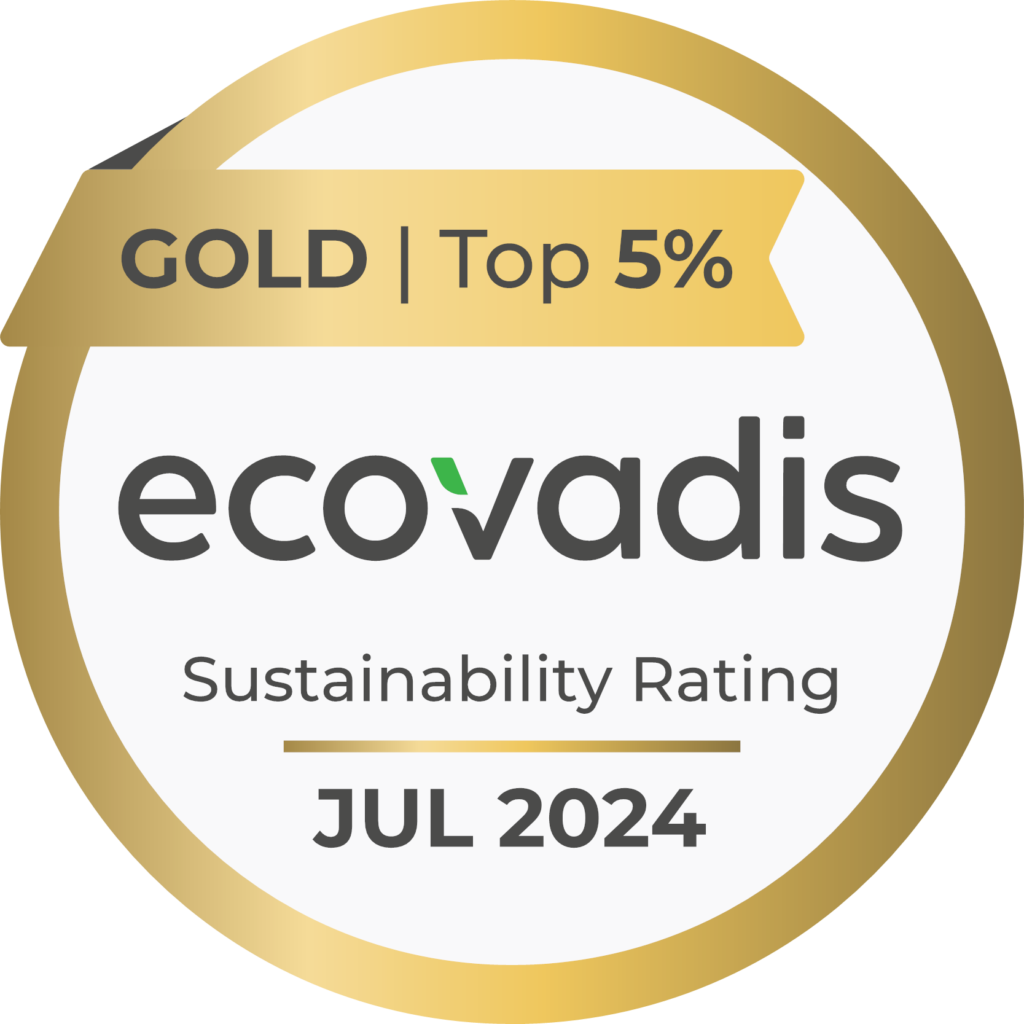Sustainability policy
Pshipment
The company Degli Esposti A. Srl wants to demonstrate its values to customers through innovative paths toward
social and environmental sustainability. Therefore, the company intends to affirm its commitment to interventions to
improvement of energy performance by searching for technological, managerial or innovative solutions aimed at
reduction of energy consumption. Management, with the intention of raising awareness of the supply chain and communicating its
its commitment to evaluate the related goods and services also according to parameters of energy and
environmental sustainability, has adopted a policy for sustainability.
Stimulated by creativity and collaboration, for several years the Society has been working to reduce environmental impact and
to help protect nature and people through controlled policies of use, recycling, disposal.
Environmental goals are not only about reducing impacts, but also about the sustainable development of the supply chain.
To this end, a program of initiatives must be implemented in operations and along the supply chain that can make
evolve in this direction.
Among the initiatives, DEA supports design that involves the use of raw material from sustainable sources,
but also optimizations in the area of transportation and logistics aimed at waste reduction and efficient
processes, with a focus on sustainability.
This document provides a summary of the guidelines followed by the company to make more sustainable
the entire life cycle of its products, including more indirect aspects such as those related to packaging and visual
merchandising.
Business Objectives
⮚ Stimulate the creativity of its employees and all stakeholders: the very lifeblood of the company;
⮚ Constantly check working methods and operating procedures to prevent accidents and non
compliance through technical procedures;
⮚ Adopt the precautionary principle whenever scientific evidence on environmental challenges is lacking and act
with care and caution to minimize potential impacts;
⮚ Identify and pursue goals for innovation and continuous improvement in environmental performance;
⮚ Make conscientious and optimized use of natural resources, monitoring where possible its consumption
(water, electricity, gas, paper) and the waste generated;
⮚ Ensure proper waste management and minimize waste and wastewater generation;
⮚ Protect biodiversity.
⮚ Reduce the amount of hazardous chemicals and manage their life cycle and final disposal in
accurate manner and in compliance with laws;
⮚ Promote the involvement of local communities, to provide the production and maintenance of conditions
favorable for economic growth within our territory;
⮚ Ensure an equitably distributed condition of well-being in labor matters, with special attention
to issues pertaining to health and safety;
⮚ Counter the risk of anti-corruption procurement practices;
⮚ Conduct audits, inspections and internal audits designed to identify and prevent any situations of non
compliance with the requirements of the management system;
⮚ Also manage indirect impacts related to the procurement activities of goods and services.
⮚ Ensure and exceed the minimum legal requirements;
⮚ Employ the human and financial resources necessary for the pursuit of environmental
and energy, the results of which will be analyzed periodically in order to undertake courses of action.
⮚ Increase the performance level of the assets through appropriate design choices by implementing, where
possible, real estate interventions according to modalities;
⮚ Monitor and report on the consumption of energy, water, along with waste generation and measurement
emissions, to ensure effective feedback in terms of environmental and economic sustainability and with a view
of continuous performance improvement;
⮚ Communicating transparently and continuously the results achieved by environmental and energy management,
Measuring and monitoring the level of performance through the development and monitoring of a system of indicators
specific performance indicators;
⮚ Review and monitor its performance periodically to ensure a reliable system for
decide on further improvement actions.
DEA’s general guidelines here:
➢ Adapt its environmental management system to the requirements of UNI EN ISO 14001 in its latest edition,
in order to train and raise awareness of eco-sustainability among the company and its stakeholders, organize and
efficient self-monitoring activities, plan improvement actions especially to reduce impacts
direct and indirect environmental impacts and add value to its products.
➢ Make a selection of suppliers by favoring those that operate according to environmental and quality requirements and
with whom to maintain a constant relationship of cooperation and exchange of information in order to optimize the
mutual synergies and performance.
➢ At the infrastructure level, provide for the constant technical and technological upgrading of our infrastructure
in order to maintain high market competitiveness in addition to internal process and energy efficiency;
medium-term investments are always planned by management.
➢ Related to internal personnel management, maintain high involvement and awareness of the
staff in order to create a team of people involved in the policies, aware of the aspects and objectives
business and the consequences in the event of a NC, including in terms of the law, as well as capable of making a positive contribution
to the pursuit of planning activities.
➢ Maintain a high level of effectiveness of the training provided, in order to make internal processes more efficient and improve
the work environment climate itself, understood as the sum total of environmental and infrastructural requirements and character.
➢ Prioritize the use of recyclable and environmentally sustainable materials
➢ Carefully design and plan even in consideration of the procurement, storage
and shipping to reduce the number of trips and packaging volumes and maximize the life time of products and materials
raw materials.
➢ Ensure proper classification, separation and recycling of waste and packaging at all stages of their
use
More specific ones follow
➢ About materials and raw materials:
- About materials and raw materials:
- Use wood with minimal content or in the absence of formaldehyde, traceable along the supply chain.
- Buy wood and paper preferably from sustainably managed sources, with reference to FSC 100% certification or FSC Mix or PEFC.
- Choose ISPM15 certified wooden pallets, preferably from sustainably managed sources, with reference to FSC 100% or FSC Mix or PEFC certification.
- Prefer OSB crates, preferably from sustainably managed sources, with reference to FSC 100% or FSC Mix or PEFC certification.
- Prepare suitable places for the conservation of certified materials, so that they are recognizable and easily available.
- Avoid using single-use plastic utensils.
- Favor the use of PVC Free and Phtalates free plastic, recycled or at least with biological content, better if not composed of raw materials from food sources, but from plants, forestry resources, proteins from abandoned supply sources, etc.
- Where the use of recycled plastic is not possible, prefer plastic with biological content:
- second-generation plastics-composed of raw materials not from food sources, but from plants, forest resources, protein from abandoned sources of supply, etc.
- Preferably use recycled materials (recycled content >30%), referring to certified
FSC recycled (paper) or GRS (plastic). - Choose paper and wood products certified as coming from sustainably managed sources
sustainably, with reference to FSC 100% or FSC Mix or PEFC certification. - Comply with the requirements of the list of restricted chemicals for products (PRSL) and
the list of restricted substances in production processes (MRSL) of customers. - Ensure that raw materials do not come from genetically modified organisms (GMOs).
- Use an official method of analysis to assess the percentage of organic content (e.g., method
ASTM D8666) and be able to provide such data.
- .About packaging:
- Limit the number of packages, reducing what is not necessary.
- Optimize the saturation of spaces, avoiding oversized packaging for the contents of the packaging volumes compared to the product volume, especially to avoid filling empty spaces with other packaging.
- Saturate any gaps inside the packaging with filling paper, avoiding the use of plastic (eg polystyrene, bubbles, etc.).
- Preferably use paper adhesive material for closing packaging, avoiding the use of plastic scotch tape.
- Prefer natural materials such as organic cotton, cardboard or certified paper to plastic.
- Logistics
- Ensure proper selection and recycling of packaging waste at all stages of its use;
- Reduce the number of trips needed;
- Prefer more sustainable means of transport.
Degli Esposti invites all interested parties to also read its code of ethics and the information on company policies and supplier requirements on the site.
Action and verification
Every 6 months, i.e. at customer’s request, or at reorders, it will be mandatory to verify that the above policies indicated are being followed in a massive way. If not, corrective actions for improvement that will be shared via e-mail by the Purchasing Department with the DL.





